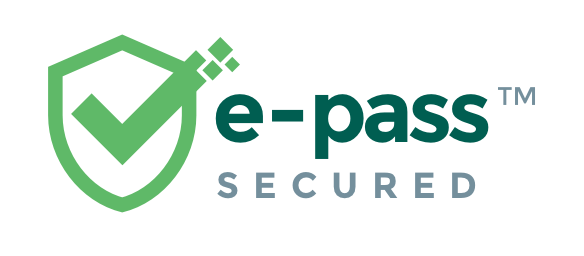Fill This Form To Receive Instant Help
Fill This Form To Receive Instant Help
Homework answers / question archive / Need 1 page of work plus 3 slides (slides with 50 word speaker notes on each and should contain answers to questions such as why I choose this assignment, and my approach to assignment) do this about Firestone 1 PAGE Communications strategy plans Traditional Media Internet
Need 1 page of work plus 3 slides (slides with 50 word speaker notes on each and should contain answers to questions such as why I choose this assignment, and my approach to assignment)
do this about Firestone 1 PAGE
Communications strategy plans
Value Added Tax
Student’s Name
Institution
Activity B
Value Added Tax
Advantages of VAT
Drawbacks of VAT
References

Please use this google drive link to download the answer file.
https://drive.google.com/file/d/1Sd5RMD0WfrOCK3uMOFwERXSiIimDGlnc/view?usp=sharing
Note: If you have any trouble in viewing/downloading the answer from the given link, please use this below guide to understand the whole process.
https://helpinhomework.org/blog/how-to-obtain-answer-through-googledrive-link

